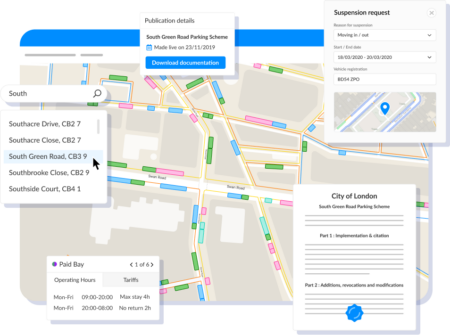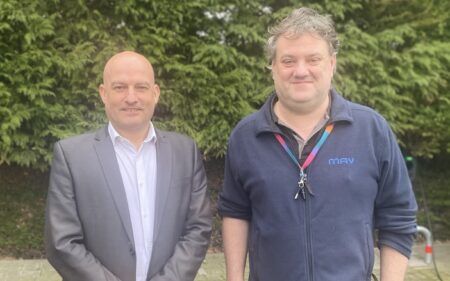According to a new study from the Northwestern University Transportation Center (NUTC), Chicago’s red-light cameras reduce serious injury crashes at intersections where they are placed and also have a measurable ‘spillover effect’ that improves safety at intersections without cameras.
The NUTC research team found the Chicago red-light camera (RLC) enforcement program delivers significant safety benefits, and the report provides several recommendations to enhance the program’s performance. The report provides tools and analysis that can help the city identify existing and potential camera locations requiring further attention, and notes that enforcing RLC violations occurring within fractions of a second after the light turns red might not provide significant safety benefits.
The report found that injury-producing crashes decreased by about 10% because of the camera program; more dangerous angle and/or turn crashes decreased by 19%. The study also found less dangerous and less frequent rear-end crashes increased by 14%, consistent with experience in other cities. For this portion of the study, the researchers used data from 2005 to 2007 (before RLCs were deployed) and data from 2010 to 2012 (after RLCs were mostly deployed). Federally sponsored traffic safety research has shown that angle and turn crashes have a lost productivity cost to society that is about five times greater than the cost attributed to damage from rear-end crashes.
The NUTC researchers are the first to document that red-light cameras not only improve safety where they are placed, but also improve behavior at intersections without cameras through a ‘spillover effect’. The researchers estimated the spillover effect by comparing before- and after-crash data at 85 intersections where RLCs were installed in 2008 and 2009 with crash data for 103 intersections that were not equipped with cameras. The study was authorized by the Chicago City Council and commissioned by the Chicago Department of Transportation (CDOT).
Hani S Mahmassani, director of the NUTC, led the study on the effectiveness of the RLC program using available safety data. The team, including an expert advisory panel of traffic safety experts from across the country, conducted a rigorous analysis of existing RLC enforcement practices before arriving at its recommendations.
The NUTC presented three key recommendations for strengthening the RLC enforcement program:
The city reviews crash and other data on a routine annual basis using criteria specified by the study team and considers removing some cameras and installing others in new locations;
Enforcing violations that occur within fractions of a second after the light turns red might not provide significant safety benefits, as there is a legitimate ‘dilemma zone’ faced by drivers as a light turns from yellow to red in which law-abiding drivers can be caught;
The city improves transparency and public acceptance of the program by augmenting and improving its public reporting, grounding it in clear safety benefits, and by coordinating with an overall traffic safety program that is not only based on camera enforcement.
Based on the analysis, the report recommends continuation of the program, concluding, “Quantitative studies conducted in this project demonstrate significant safety benefits of the current RLC program.”




